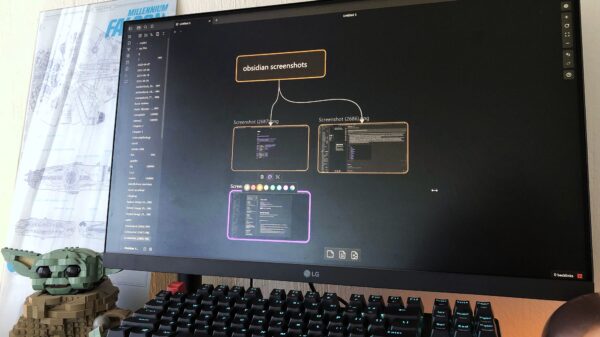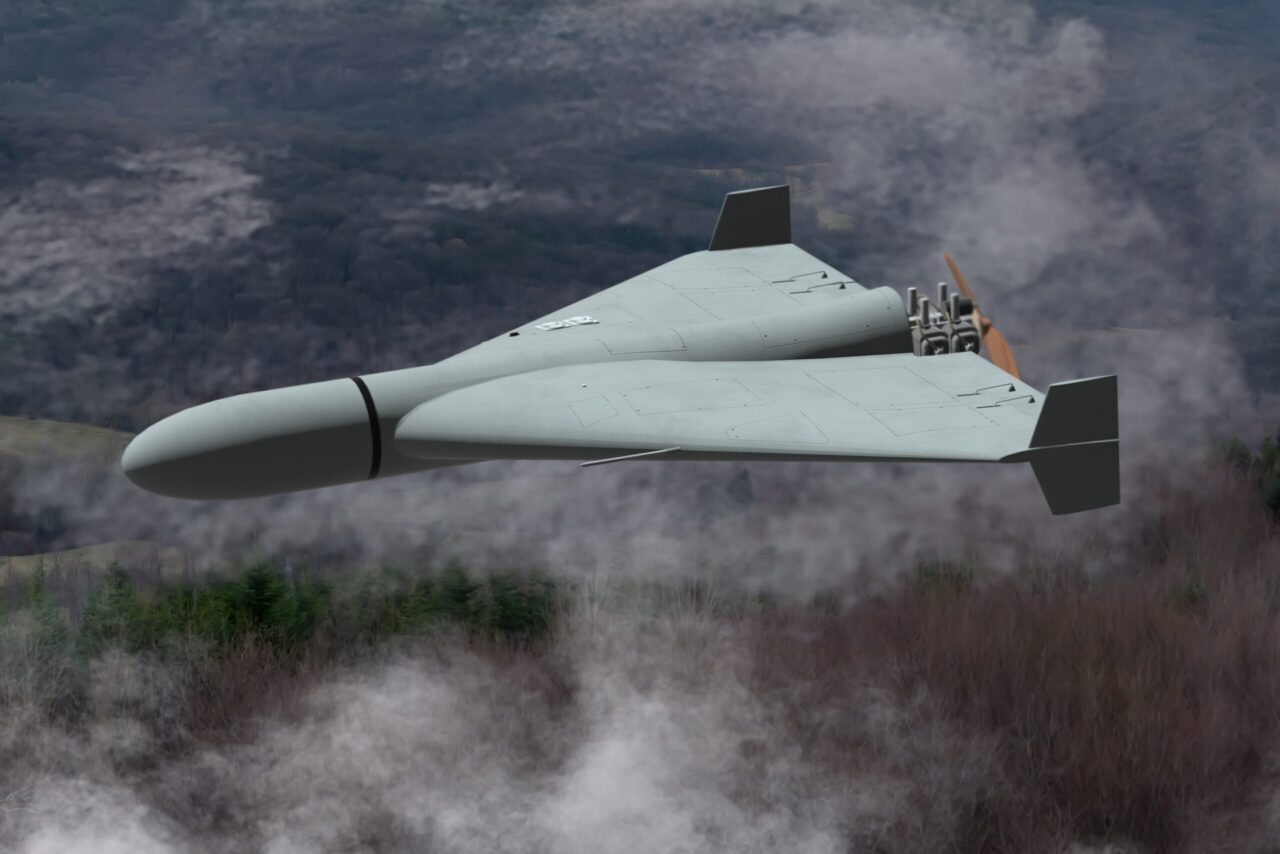The emergence of suspected Russian drones has instilled a sense of urgency across Europe, prompting significant security responses and airport disruptions. On October 5, 2025, reports indicated that these unmanned aerial systems (UAS) have been sighted near critical infrastructure, leading to heightened concern among European leaders and NATO officials as they convened in Denmark.
In response to the escalating drone activity, the Danish military mobilized hundreds of reservists to safeguard the ongoing European Union conference. Danish Prime Minister Mette Frederiksen addressed the situation, stating, “We meet at a time when Russia has intensified their attacks in Ukraine, where we have seen Russian airspace violations and unwanted drone activity in several European countries.” Her remarks reflect a growing recognition of the potential threats posed by these drones to regional stability.
The alarm was not confined to Denmark. Unidentified drones were reported flying over essential sites in Germany, including the Thyssenkrupp naval shipyard in Kiel, Kiel University Hospital, and several other critical locations. German authorities noted that the drones appeared to be operating in a coordinated manner, potentially conducting reconnaissance on significant infrastructure.
Military and Maritime Operations Intensify
In a related development, the French Navy intercepted a tanker known as the Pushpa, suspected of being part of Russia’s ghost fleet. This operation occurred in the Atlantic Ocean off the coast of Saint-Nazaire. The French military had been tracking the vessel, believed to be circumventing international sanctions by sailing under various flags. Following the interception, the captain and first officer were arrested due to allegations of the tanker failing to justify its nationality.
French President Emmanuel Macron, during a summit in Copenhagen, defended the actions taken against the tanker but did not confirm any direct connection between the vessel and drone activities in Denmark and Germany. Notably, the tanker had reportedly switched off its Automatic Identification System (AIS), a maritime safety feature, and was in Danish waters on September 22, coinciding with drone sightings in the area.
The ongoing situation highlights a complex web of military movements and surveillance strategies. Since September 10, there have been multiple incursions involving Russian drones and aircraft into European airspace. On that date, 19 Russian drones violated Poland‘s airspace, triggering a swift NATO response with fighter jets and air defense systems. Further incidents followed, including a drone entering Romania on September 13, and Russian MiG-31 fighter jets breaching Estonia‘s airspace on September 19, which led to the deployment of NATO’s F-35 Lightning II stealth fighters.
Analyzing the Implications
The series of drone incursions and military maneuvers underscores a strategic shift in Russian operations, particularly as tensions continue in Ukraine. The use of drones not only provides a means of surveillance but also potentially serves as a psychological tool to instill fear and uncertainty among European nations.
As European leaders grapple with these developments, the implications for regional security and military preparedness are profound. The situation calls for a reevaluation of defense strategies to counter these emerging threats effectively. With the ongoing conflict in Ukraine, the specter of drone warfare may redefine the landscape of European security, compelling nations to adapt to a new era of military engagement.
The frequency and coordination of these drone operations raise critical questions about the future of airspace security in Europe. As military and intelligence agencies work to unravel the complexities of these incidents, it is clear that Europe is facing a sophisticated challenge that requires immediate and sustained attention.




































































